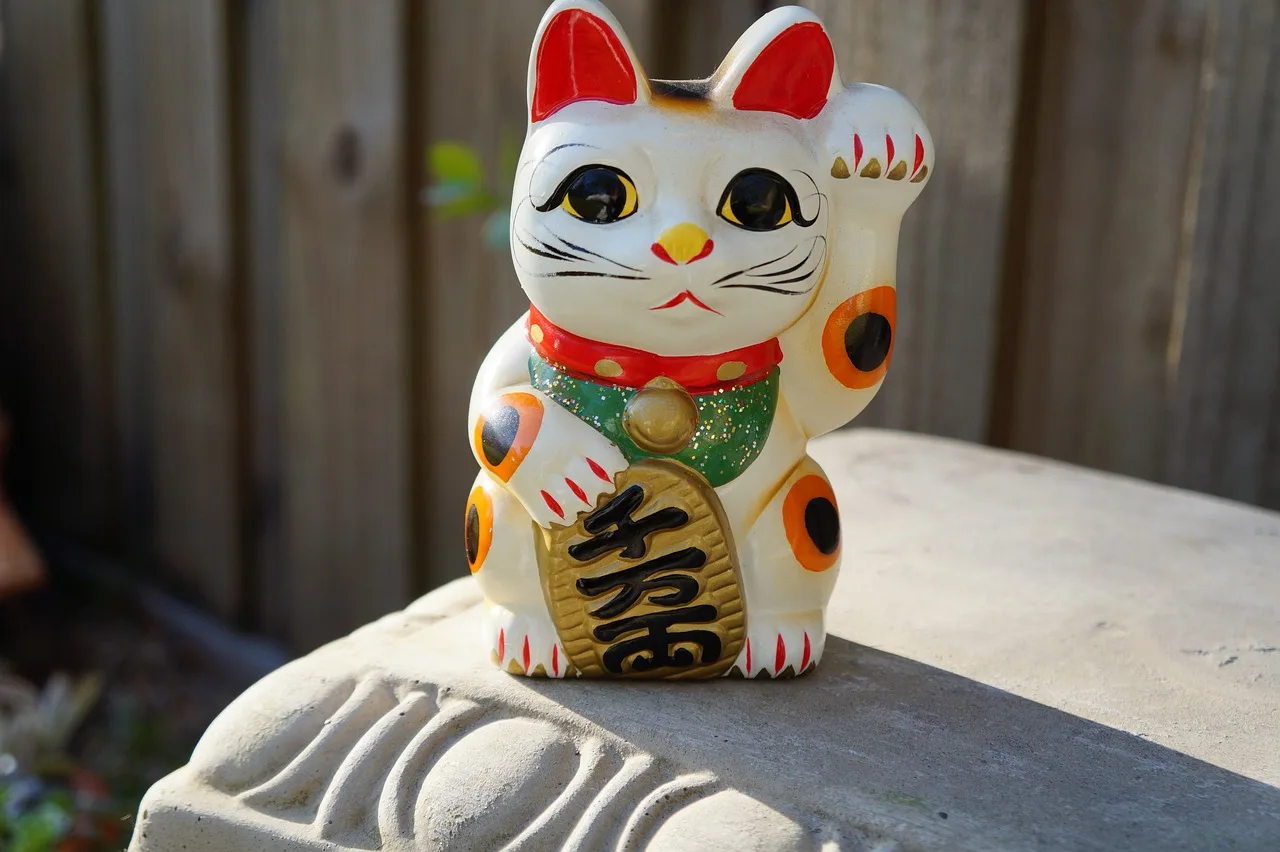Table of Contents
- 1 Introduction
- 2 Kokeshi dolls
- 3 Matcha Green Tea
- 4 Sensu Folding Fans
- 5 Maneki-Neko (Lucky Cat)
- 6 Furoshiki Gift Wrap
- 7 Japanese Chopsticks
- 8 Japanese School bag
- 9 Hanko (Personal Seal)
- 10 Japanese Snacks and Kit-Kats
- 11 Noren Curtains
- 12 Hakama Pants or Yukata
- 13 Tenugui Towels
- 14 Japanese Whisky
- 15 Japanese ceramics
- 16 Koinobori (Carp Streamers)
- 17 Japanese Folding Umbrellas
- 18 Goshuincho (Temple Stamp Book)
- 19 Conclusion
Introduction
Welcome fellow travelers to the Land of the Rising Sun!
Japan is a country rich in culture, history, and unique experiences.
One of the most enjoyable aspects of your trip is undoubtedly the opportunity to take home a piece of this vibrant culture in the form of souvenirs.
To make your shopping experience easier, we’ve compiled a list of the top 17 Japan souvenirs.
Let’s dive into the world of Japanese craftsmanship and discover treasures that will remind you of your unforgettable trip.
Kokeshi dolls
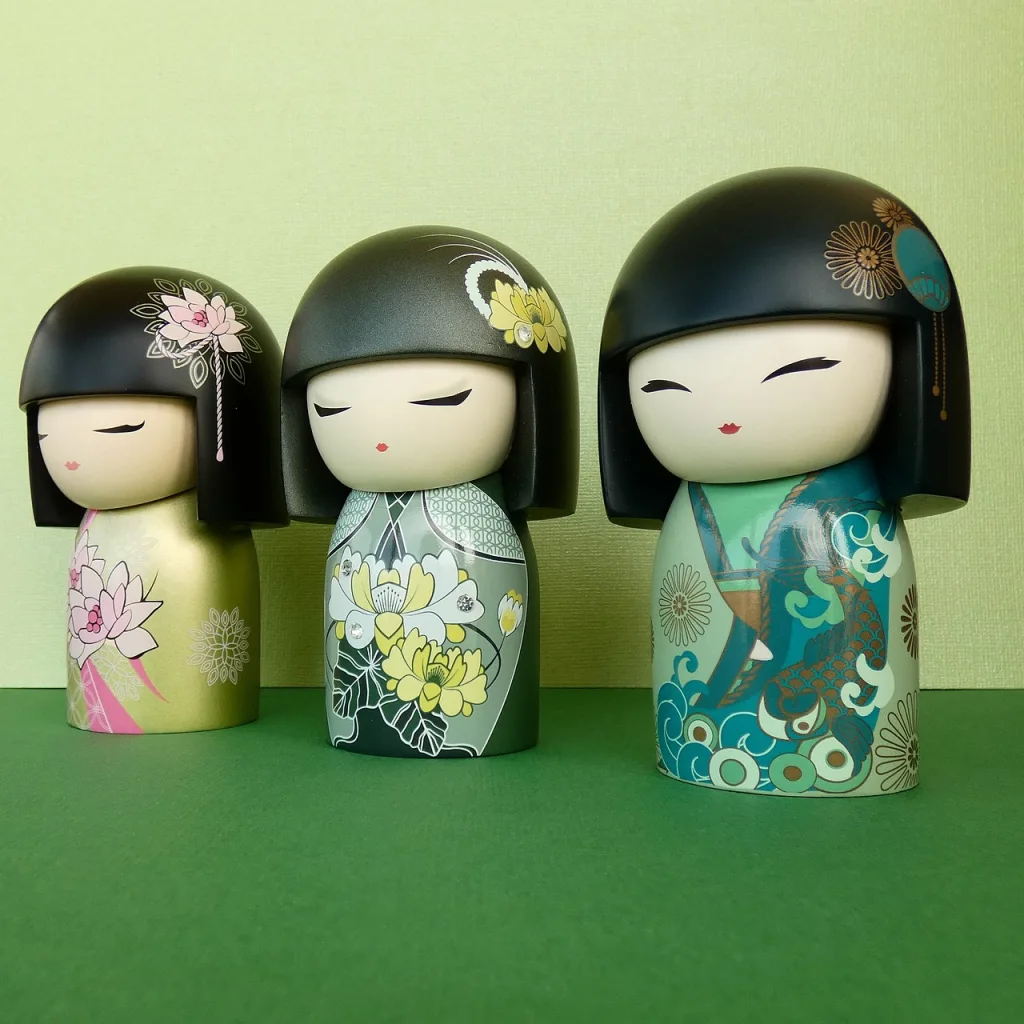
Kokeshi dolls are traditional Japanese wooden dolls characterized by a simple cylindrical body and a large, hand-painted head with floral designs.
They originated in the Tohoku region and date back to the Edo period (1603-1868).
Each doll is unique, reflecting regional styles, and they are often seen as symbols of friendship and good wishes.
Matcha Green Tea
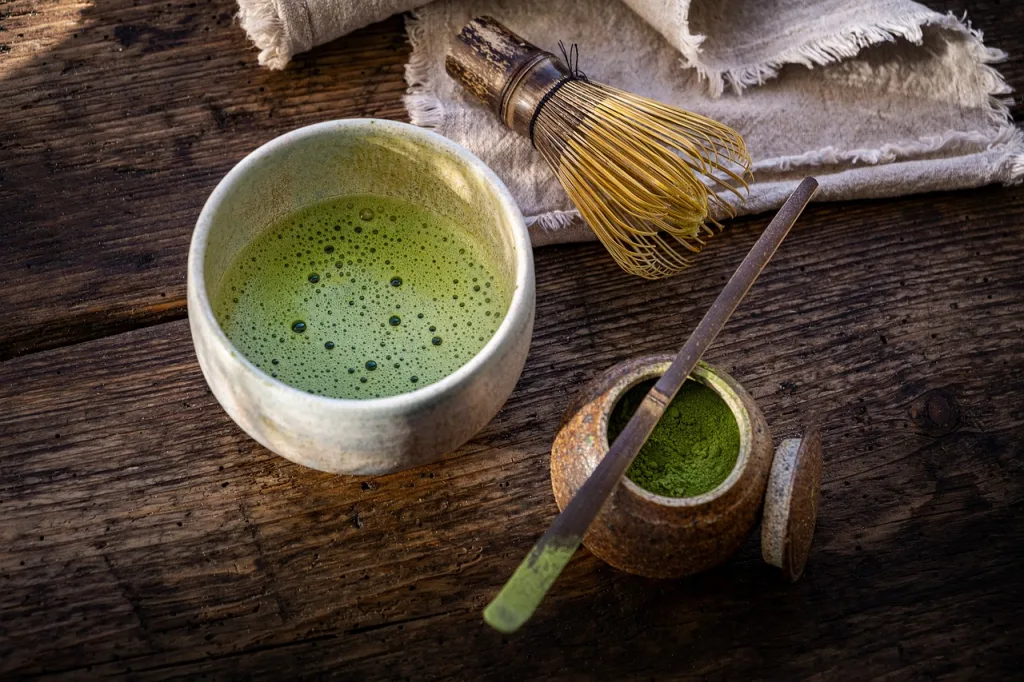
Matcha Green Tea is a powdered Japanese tea known for its vibrant green color and health benefits.
Shade-grown leaves are stone-ground into a fine powder, creating a unique, full-bodied flavor.
Rich in antioxidants, it promotes relaxation and improves concentration.
Used in traditional tea ceremonies, it has become popular around the world.
Sensu Folding Fans
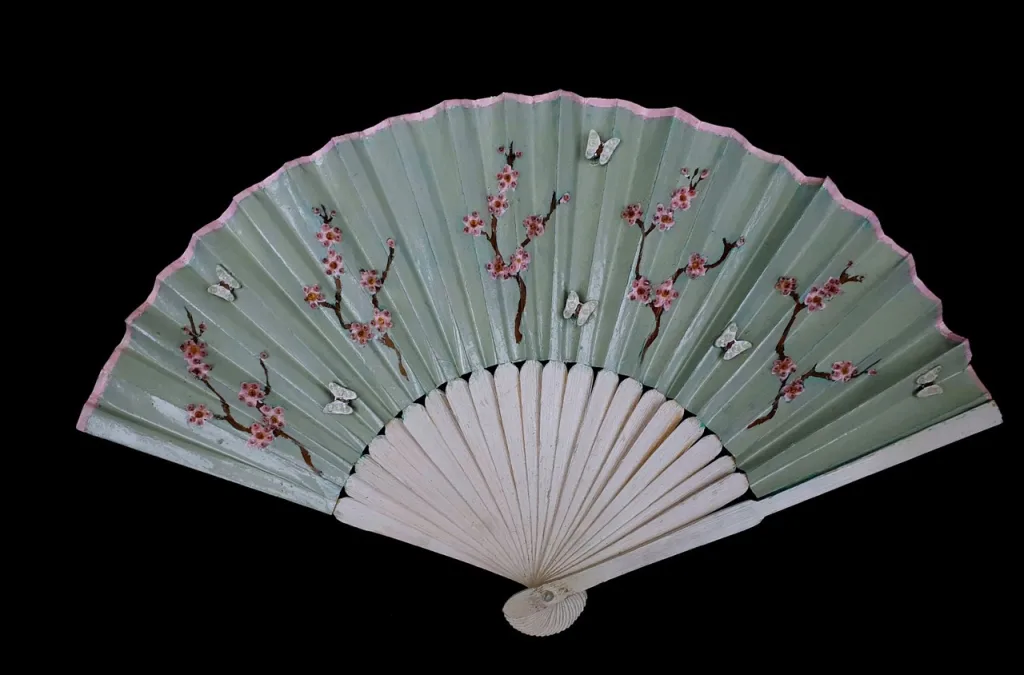
Sensu folding fans are traditional Japanese hand fans known for their elegant design and practicality.
Made of paper or silk stretched over thin bamboo slats, they fold and unfold easily in one quick motion.
Used for cooling and as a stylish accessory, they are a cultural symbol in Japan.
Maneki-Neko (Lucky Cat)
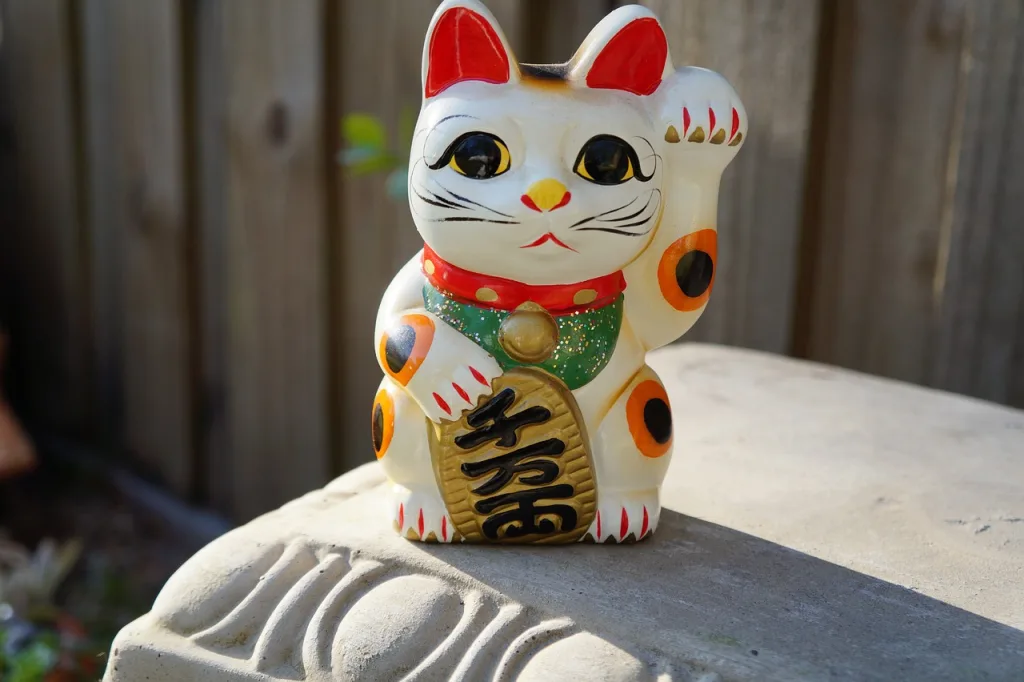
Maneki-Neko, or the Lucky Cat, is a popular Japanese figurine believed to bring good luck and prosperity to its owner.
Typically made of ceramic, the figurine depicts a cat with one paw raised, beckoning wealth and success.
Different paw positions symbolize different blessings, making it a common talisman in homes and businesses.
Furoshiki Gift Wrap
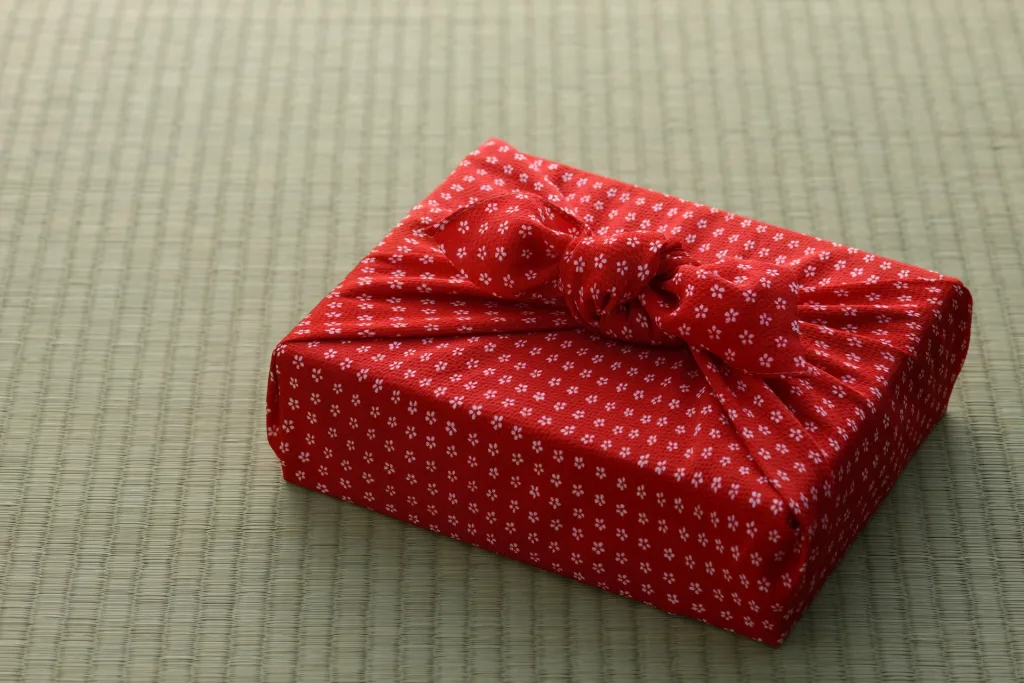
Furoshiki is a traditional Japanese wrapping cloth used for a variety of purposes, including gift wrapping.
Made from silk or cotton, it features colorful patterns and can be folded in a variety of ways to create a decorative and environmentally friendly gift wrap.
Furoshiki promotes sustainability by reducing the need for disposable wrapping paper.
Japanese Chopsticks
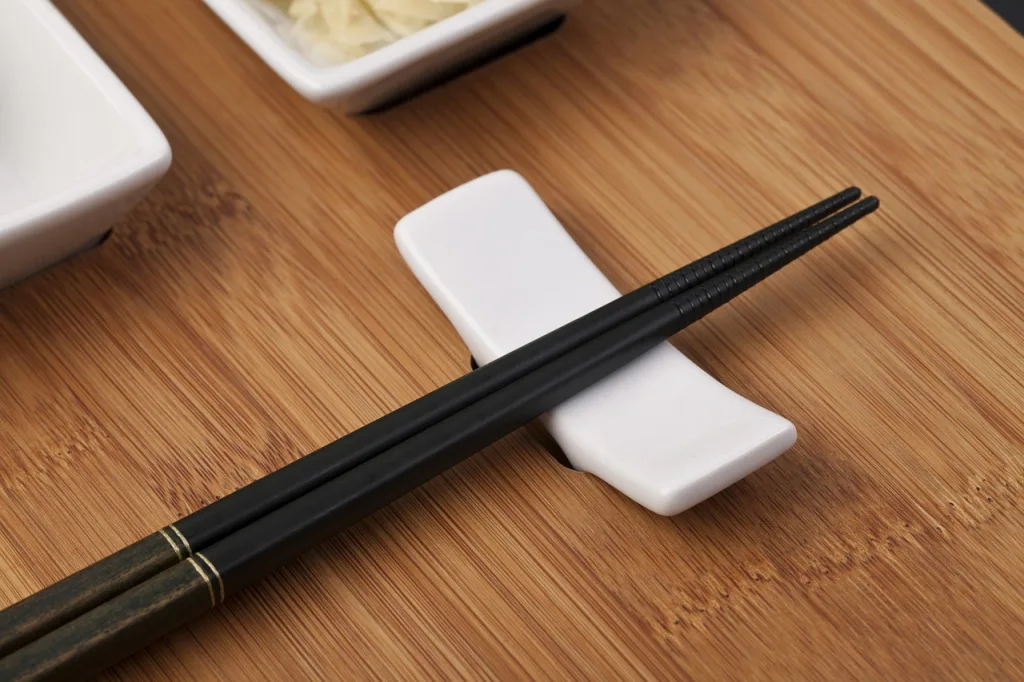
Japanese chopsticks, or “hashi,” are slim eating utensils made of wood, bamboo, or modern materials.
They are tapered and often lacquered, with different styles for different occasions.
The etiquette is not to point them or stick them upright into food.
Chopsticks play a central role in Japanese dining customs, emphasizing grace and precision.
Japanese School bag
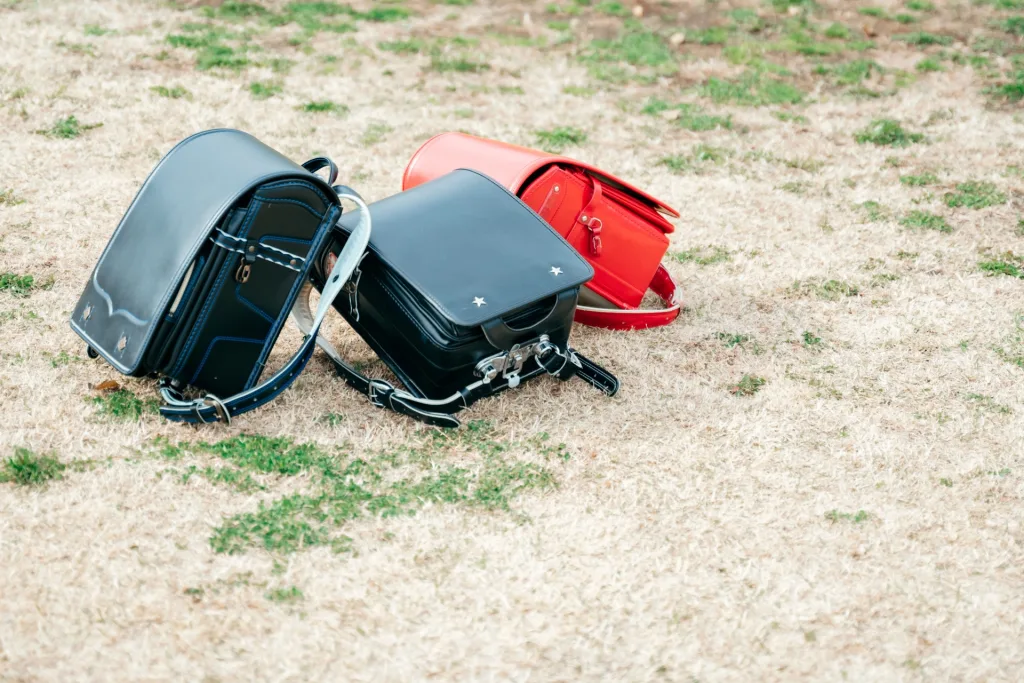
The Japanese school satchel, or “randoseru,” is a sturdy rectangular backpack traditionally made of leather.
Iconic in Japanese education, it symbolizes a child’s first year of elementary school.
Available in bright colors, it has reflective stripes for safety.
Randoseru reflects the cultural importance and commitment to education in Japan.
Hanko (Personal Seal)
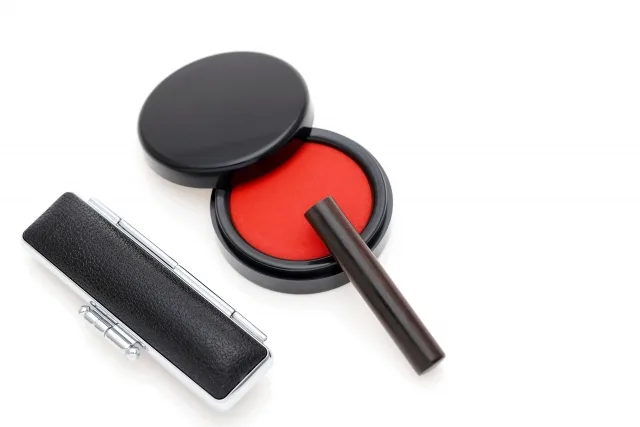
Hanko, a personal seal in Japan, is used to sign documents and is culturally significant.
Usually made of wood, ivory or stone, it bears one’s name in Kanji characters.
Required for legal and official transactions, the hanko reflects identity, tradition and authentication in many aspects of Japanese life.
Japanese Snacks and Kit-Kats
Japanese snacks offer a diverse and unique culinary experience, ranging from savory to sweet.
Kit-Kats in Japan are known for their inventive flavors, with regional and seasonal varieties such as matcha, wasabi and sake.
The country’s snacking culture reflects a mix of traditional ingredients and modern, creative twists.
Noren Curtains

Noren curtains are traditional Japanese screens that are typically hung in doorways or windows.
They are made of cotton or linen and feature artistic designs, symbols or characters.
Norens serve both functional and aesthetic purposes, providing privacy while allowing airflow.
Often seen in shops and restaurants, they embody Japanese craftsmanship and cultural aesthetics.
Hakama Pants or Yukata
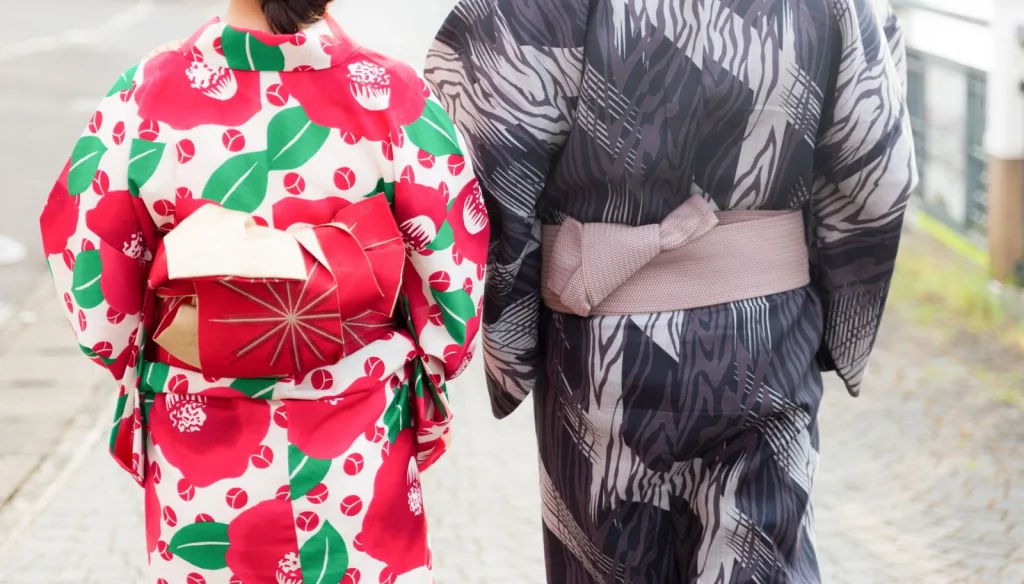
Hakama pants are wide-legged pants traditionally worn in Japan, often as part of formal attire such as a kimono.
They symbolize elegance and are associated with martial arts and traditional ceremonies.
The yukata, on the other hand, is a casual summer kimono, typically made of cotton, worn for festivals, onsen visits, or informal occasions.
Both are examples of Japanese cultural dress.
Tenugui Towels
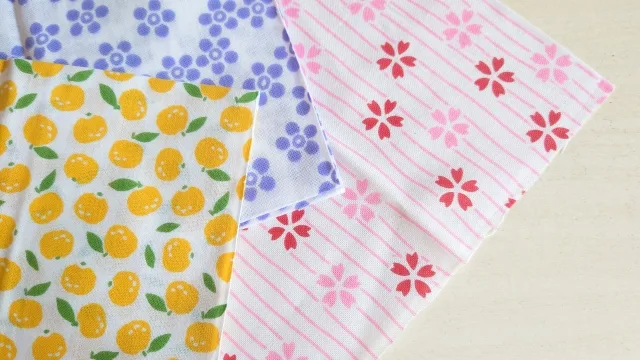
Tenugui towels are thin Japanese cotton cloths with many uses.
Featuring vibrant patterns, they can be used as towels, headbands, gift wrappings or decorations.
Absorbent and quick-drying, tenugui are popular for everyday use, festivals and traditional ceremonies.
Their practicality and aesthetic designs make them a popular and cultural accessory in Japan.
Japanese Whisky
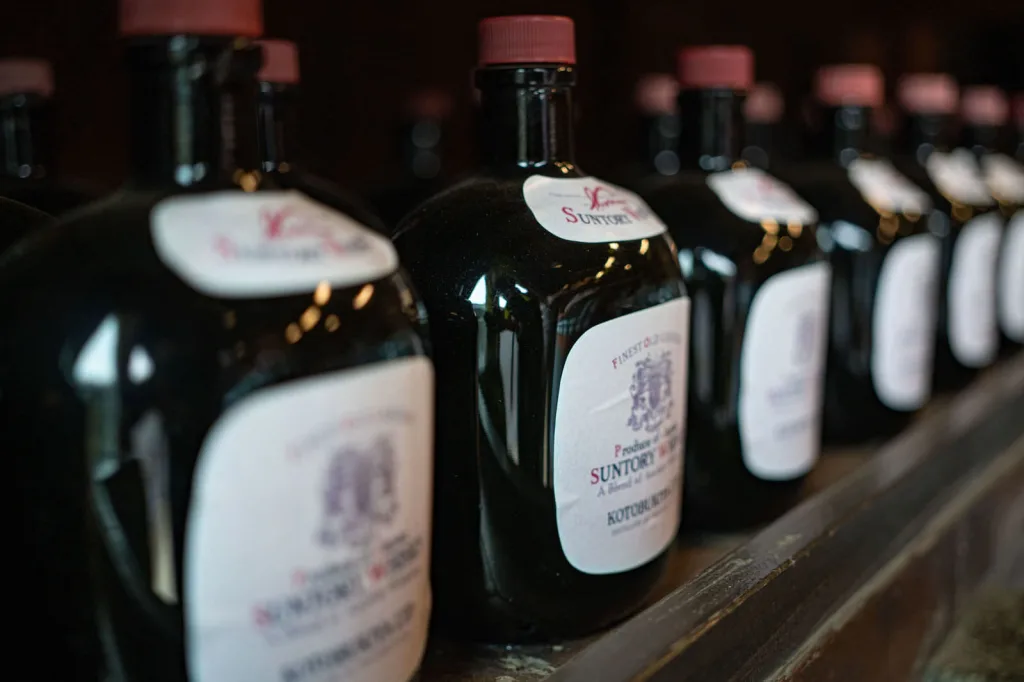
Japanese whisky has gained international recognition for its exceptional quality and craftsmanship.
Inspired by Scotch whisky traditions, Japanese distilleries such as Yamazaki and Nikka have produced award-winning whiskies.
Known for its balance, complexity and innovation, Japanese whisky has carved out a global niche and is highly sought after by connoisseurs.
Japanese ceramics
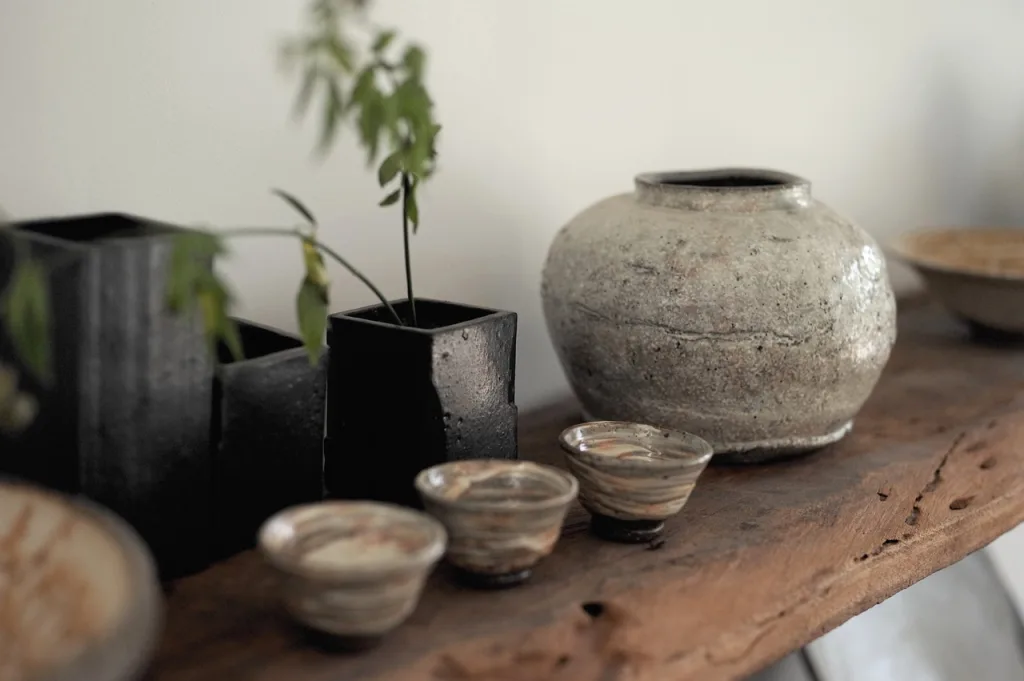
Japanese ceramics, celebrated for their artistry and craftsmanship, encompass diverse styles like Arita, Imari, and Bizen ware.
Influenced by centuries-old traditions, these pottery and porcelain creations exhibit intricate designs, refined aesthetics, and functionality.
Japanese ceramics hold cultural significance, serving as both utilitarian objects and works of art appreciated worldwide.
Koinobori (Carp Streamers)
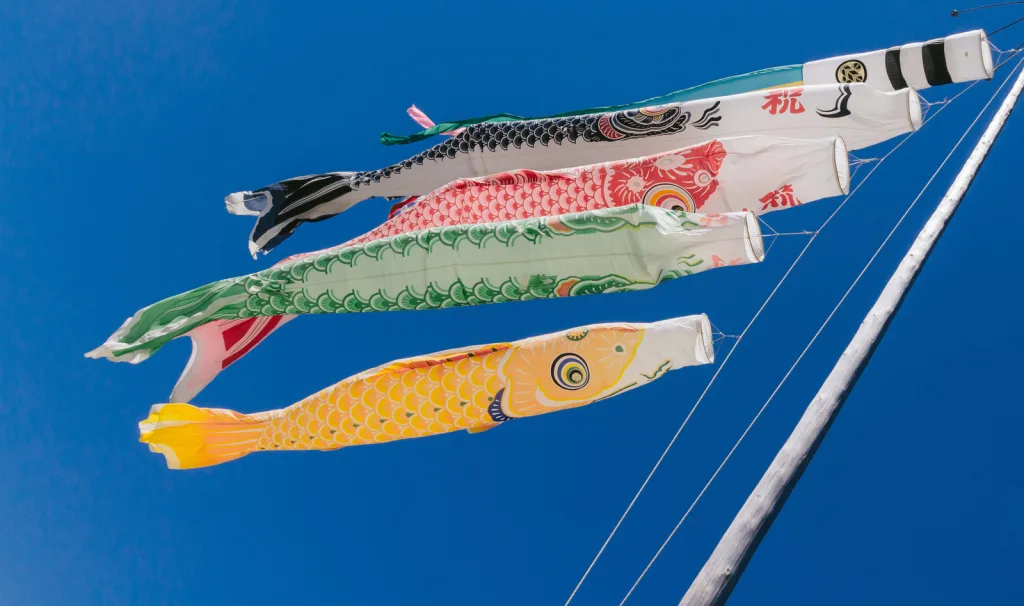
Koinobori are traditional Japanese carp-shaped streamers flown on Children’s Day, symbolizing strength, courage and success.
Each color represents a family member, with the largest carp symbolizing the father.
Displayed in homes or along rivers, these vibrant streamers evoke the spirit of the annual celebration and convey wishes for children’s prosperity.
Japanese Folding Umbrellas
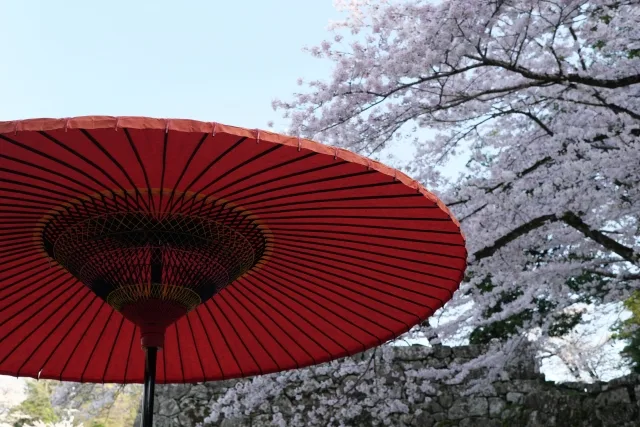
Japanese folding umbrellas or “wagasa” are traditional hand-held umbrellas made of washi paper and bamboo.
Known for their elegance and craftsmanship, wagasa often feature intricate designs and patterns.
Lightweight and portable, they provide protection from both sun and rain and embody a harmonious blend of functionality and traditional aesthetics in Japanese culture.
Goshuincho (Temple Stamp Book)
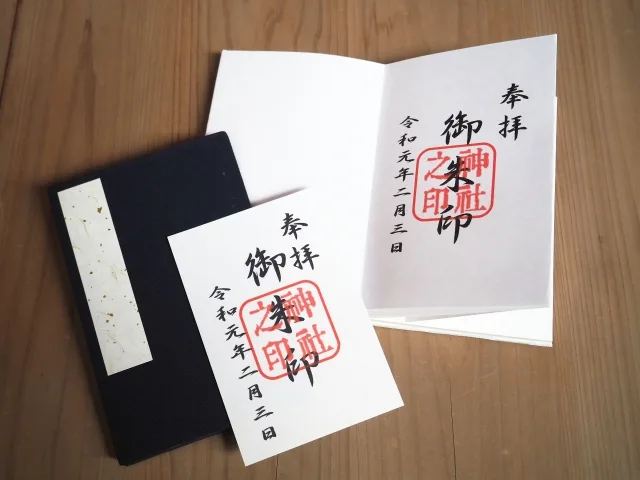
Goshuincho is a Japanese temple stamp book used to collect unique seals and calligraphy from Buddhist temples and Shinto shrines.
Pilgrims and visitors receive these stamps as spiritual souvenirs, documenting their journey.
The book reflects a cultural and religious connection and serves as a treasured record of one’s spiritual journey in Japan.
Conclusion
As you wrap up your trip to Japan, consider these top 17 souvenirs to take a piece of this enchanting country with you.
From traditional crafts to modern delicacies, each item tells a story of Japan’s rich heritage and craftsmanship.
Happy shopping, and may your souvenirs serve as treasured reminders of your unforgettable adventure in the Land of the Rising Sun!
